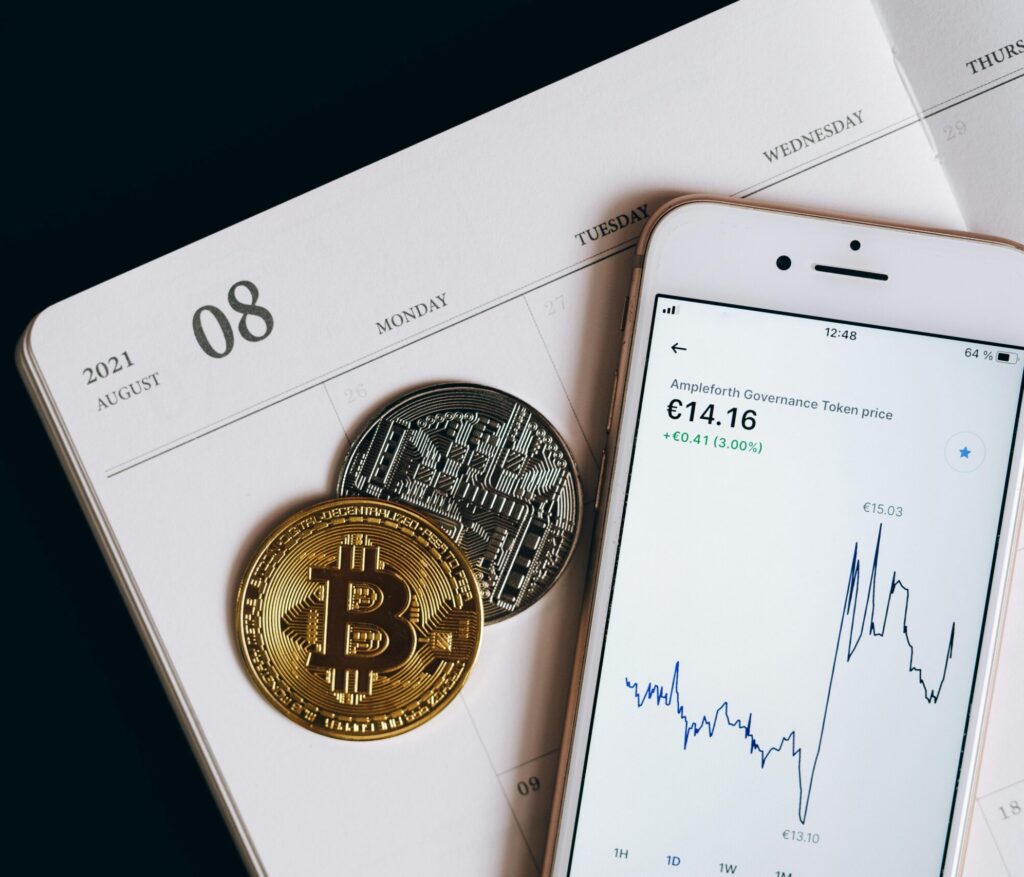From Rug Pulls to Laundering: How Analytics Catches It All
Blockchain has a reputation for being transparent, immutable and tamper resistant. It also has a reputation for being the Wild West of digital finance. These two identities collide in one fast-growing field: blockchain analytics and fraud detection. It is the quiet revolution happening in the background, keeping the crypto economy from collapsing under the weight of clever scammers, inventive hackers and a never-ending supply of meme-token mischief.
At first glance, blockchains look like perfect crime scenes. Every transaction is public. Every transfer is time stamped. Every wallet leaves a trail. Yet for years, fraud still thrived. Why. Because the data is there, but making sense of it requires more than staring at a ledger that moves faster than a caffeinated hummingbird. This is where analytics comes in. And lately, the shift from simple transaction tracing to sophisticated behavioral intelligence has changed the entire game.
How Analytics Became the Backbone of Blockchain Security
In the early days, investigators chased transactions manually, following funds hop by hop. Today the analytics stack is far more advanced. Machine learning models cluster wallets by behavior. Graph analytics detect suspicious transaction paths. Risk scoring engines flag anomalies before they explode into headlines.
Think of it like airport security. In the beginning, you just scanned bags. Now there is pattern recognition, traveler profiles and automated threat detection. Blockchain analytics has undergone the same maturity curve. The goal is not just to identify a bad actor but to predict their moves before they strike.
To illustrate, consider a simple example. A new address suddenly receives dozens of small deposits from unrelated wallets. Within minutes it consolidates them and passes the funds to an exchange known for lax compliance. That pattern would fire off multiple analytic triggers: smurfing behavior, rapid consolidation, risky endpoint. Without analytics, that activity looks like noise. With analytics, it looks like the beginning of a laundering attempt.
The Rise of AI Powered Fraud Detection
Artificial intelligence has entered the blockchain world with gusto. Traditional rule based systems catch what they already know. AI catches what nobody has seen before. Models now detect fraud based on velocity, topology, timing, wallet fingerprints and token movement patterns.
One popular approach is anomaly detection. Instead of telling the model what bad behavior looks like, analysts teach it what normal behavior is. Anything that deviates too far is considered suspicious. This is especially powerful in decentralized ecosystems where fraudsters constantly invent new tricks. You cannot create a rule for a tactic that did not exist last week, but AI can still spot it.
Another fast growing technique is behavioral clustering. Wallets that behave similarly are grouped. Fraud often involves networks, not individuals. When one wallet in a cluster is flagged, the entire cluster becomes part of the investigation. It is like discovering that a suspicious person at a party is, unfortunately, also friends with many other suspicious people.
Real World Case Study: The Sudden Rug Pull
A DeFi project launches with fanfare, flashy graphics and aggressive marketing. Investors pile in. Hidden inside the smart contract is a subtle backdoor. One night, the developers drain liquidity, vanish from social media and reappear only as cautionary tales in Reddit threads.
Here is how blockchain analytics changes that outcome. Before the rug pull, analysts would have already detected unusual wallet linkages between developer wallets and anonymous early investors. Smart contract scanners would have flagged the permissions that allowed unchecked fund movement. Liquidity movement models would have highlighted the growing instability in the pool. The rug pull could be detected hours, days or even weeks before it hit the market. That kind of early warning transforms security from reactive to proactive.
Why Criminals Can Run But Cannot Hide
The popular myth is that cryptocurrency is untraceable. Reality is far less flattering to criminals. Every token moves on a public ledger. Even mixers, privacy tokens and cross chain bridges leave metadata trails.
Analytics platforms map these trails using graph theory. They follow transactions across dozens of hops until the funds land somewhere identifiable, usually an exchange or a merchant service. When law enforcement pairs that with subpoenas, the anonymity collapses quickly.
One infamous example involves a hacker who tried to launder stolen funds through a web of mixers. Analysts reconstructed thousands of transactions, uncovered patterns in distribution and ultimately traced the assets to an exchange where the hacker had used a personal email address and, in a moment of impressive short sightedness, his real phone number.
The Future of Blockchain Fraud Prevention
The next wave of innovation is already forming. Analytics firms are building models that scan Layer 2 networks, privacy enhanced chains and even off chain messaging. Smart contract analysis is becoming more automated, catching vulnerabilities before the code ever goes live. And cross chain fraud detection is emerging as the new frontier as criminals try to escape scrutiny by hopping across ecosystems.
For businesses, analytics is shifting from a compliance tool to a competitive advantage. Exchanges use it to maintain trust. DeFi platforms use it to reassure investors. Web3 startups use it to detect compromised wallets before users lose funds. It is becoming part of the product, not just part of the risk department.
Scopun’s Take
Blockchain analytics and fraud detection may not be the flashiest segment of the crypto world, but it is certainly the most important. Without it the ecosystem would crumble under its own complexity. With it, blockchain becomes not only transparent but accountable.
In the fast-moving world of blockchain, staying ahead of scammers is non-negotiable. Scopun turns complex blockchain data into clear insights, giving your business the tools to detect fraud before it happens. From startups to enterprises, Scopun helps you secure transactions, protect assets, and build trust with every user.
Don’t leave your security to chance. Contact Scopun today and take control of your blockchain defenses.



